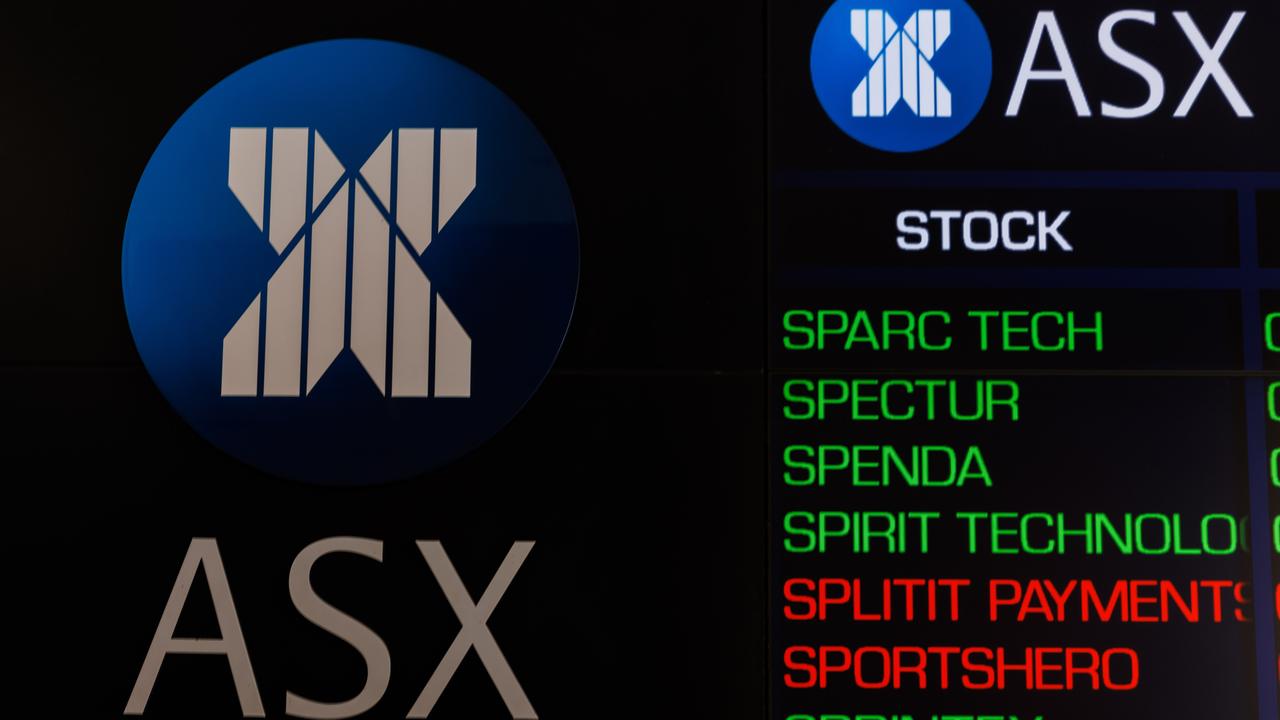The Australian share market concluded the week with notable fluctuations, reflecting a complex interplay of domestic economic indicators, global market trends, and sector-specific developments.
Market Performance
- S&P/ASX 200 Index: The index ended the week at 8,764.50 points, marking a decline of 0.92% for the week.
- All Ordinaries Index: This broader index closed at 9,057.60 points, down 0.88% over the week.
Key Influencing Factors
Inflation Data
Australia’s inflation figures for September revealed annual trimmed mean inflation at 2.6% and headline inflation at 3%, both surpassing expectations. These figures dampened investor optimism, leading to a sell-off in interest rate-sensitive sectors, particularly the financial industry.
Central Bank Actions
The Reserve Bank of Australia (RBA) has expressed significant concerns regarding the Australian Securities Exchange (ASX), citing critical failures in the clearing and settlement systems. The RBA’s critique underscores the need for substantial reforms within the ASX to meet regulatory standards.
Sector Performance
- Financial Sector: Westpac’s announcement to cut 200 teller positions contributed to a 3.2% drop in its share price, leading the sector’s decline.
- Healthcare Sector: Stocks in this sector faced pressure following U.S. President Trump’s announcement of a 100% tariff on imports of branded or patented pharmaceutical products, effective October 1, unless manufacturers establish production facilities in the U.S.
- Mining Sector: Conversely, the mining sector saw gains, with lithium stocks benefiting from reports that the U.S. government might acquire a stake in Lithium Americas.
Global Market Influences
Globally, markets exhibited mixed signals. The U.S. Federal Reserve’s rate cut to 4.00–4.25% and strong economic growth figures bolstered investor sentiment. However, concerns over labor market weaknesses and geopolitical tensions introduced caution.
Commodities and Currency
Australian Dollar: The Australian dollar weakened against major currencies, influenced by domestic economic data and global market dynamics.
Gold: Gold prices surged to record highs, driven by global economic uncertainties and increased demand for safe-haven assets.


